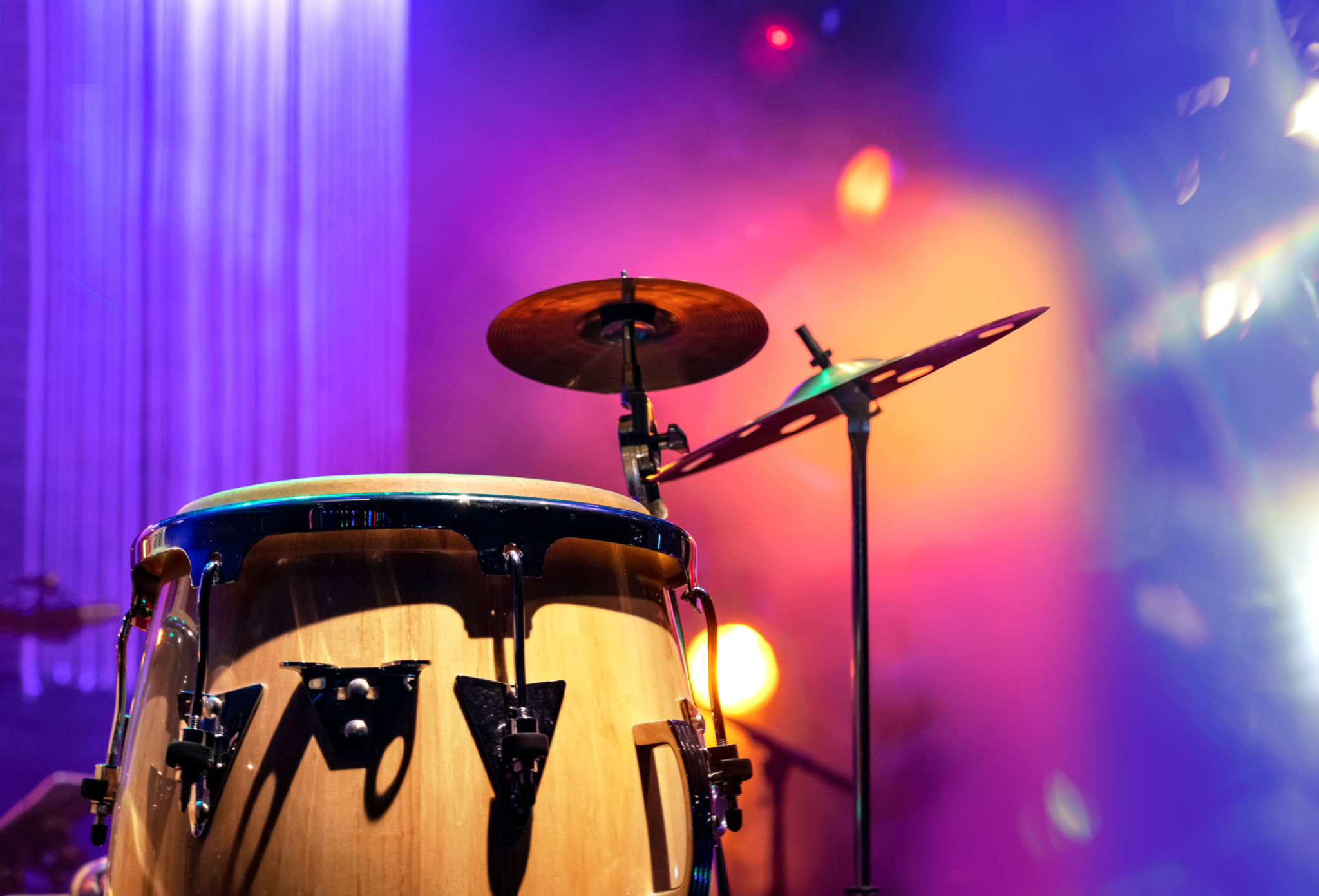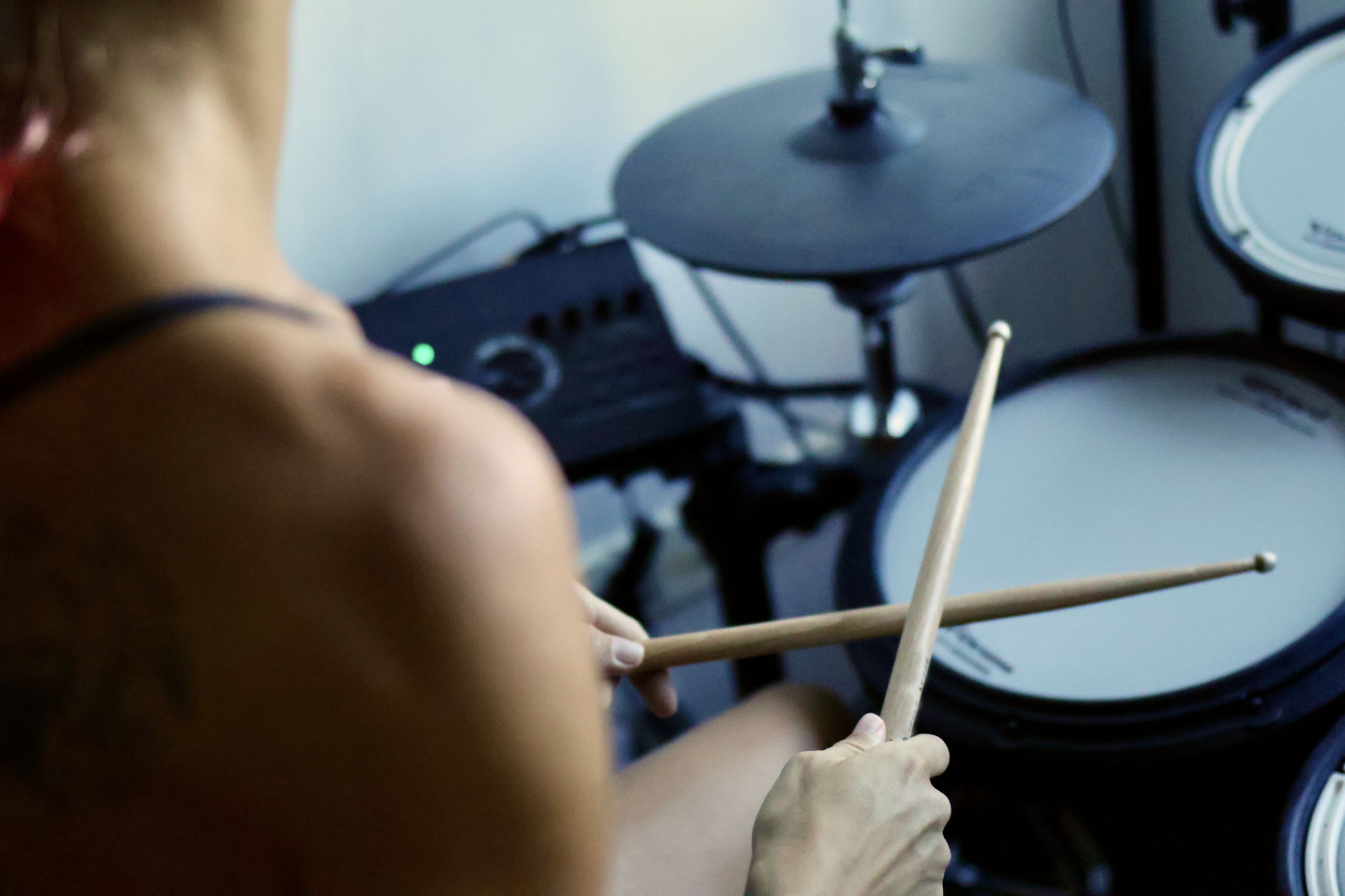Mastering the Reggae Dancehall Sound: Insights from Our Studio
Understanding the Reggae Dancehall Sound
Reggae dancehall is more than just a genre; it's a cultural movement that has captivated audiences worldwide. This vibrant and energetic sound is characterized by its rhythmic beats and catchy melodies. To truly master the reggae dancehall sound, one must delve into its roots and understand the elements that make it unique.
At the heart of reggae dancehall is the drum and bass. This rhythmic duo forms the backbone of the music, providing a solid foundation for other instruments and vocals to build upon. The bass lines are often deep and pulsing, while the drum patterns are syncopated, creating a groove that is both infectious and irresistible.

The Importance of Rhythm and Timing
In reggae dancehall, rhythm and timing are crucial. The music relies heavily on offbeat rhythms, which give it a distinctive bounce. To master this sound, musicians must develop a keen sense of timing and the ability to seamlessly integrate these offbeat patterns into their playing.
An essential component of mastering rhythm is practice. Musicians should spend time honing their skills by playing along with classic reggae dancehall tracks. This not only helps to develop a strong sense of timing but also allows them to internalize the genre's characteristic grooves.

Incorporating Traditional Instruments
While modern production techniques have introduced digital sounds to the genre, traditional instruments remain a vital part of reggae dancehall. Instruments like the guitar, keyboard, and horns add richness and depth to the music.
The guitar, often played with a skanking rhythm, adds a percussive element that complements the drums and bass. Meanwhile, the keyboard can be used to create lush textures or sharp stabs that accentuate the rhythm. Horns, when used sparingly, add a dynamic element that enhances the overall sound.

Vocal Styles and Lyrical Themes
Vocals in reggae dancehall are as diverse as the genre itself. Singers often employ a range of styles, from smooth, melodic lines to rapid-fire toasting, a form of vocal delivery similar to rapping. This versatility is key to keeping the music fresh and engaging.
Lyrical themes in reggae dancehall often revolve around love, social issues, and celebration. The music serves as a platform for expressing personal and political messages, making it both entertaining and thought-provoking. By understanding and embracing these themes, artists can create music that resonates with audiences on a deeper level.

Studio Techniques for Authentic Sound
Achieving an authentic reggae dancehall sound in the studio requires a combination of skill and creativity. Producers often use a mix of analog and digital equipment to capture the genre's raw energy and warmth. Techniques such as reverb and delay are frequently employed to create depth and space within the mix.
Additionally, careful attention is paid to the arrangement and layering of sounds. Each element must be balanced to ensure clarity and cohesion, allowing the music's intricate rhythms and melodies to shine through.
Collaborative Efforts in Reggae Dancehall
Collaboration is at the core of reggae dancehall. Musicians, producers, and engineers often work together to create a sound that is greater than the sum of its parts. By pooling their talents and ideas, they can push the boundaries of the genre and explore new creative avenues.
Whether it's a vocalist teaming up with a producer or a band working with a sound engineer, collaboration leads to innovation and growth within the reggae dancehall scene. These partnerships not only enrich the music but also foster a sense of community among artists.
